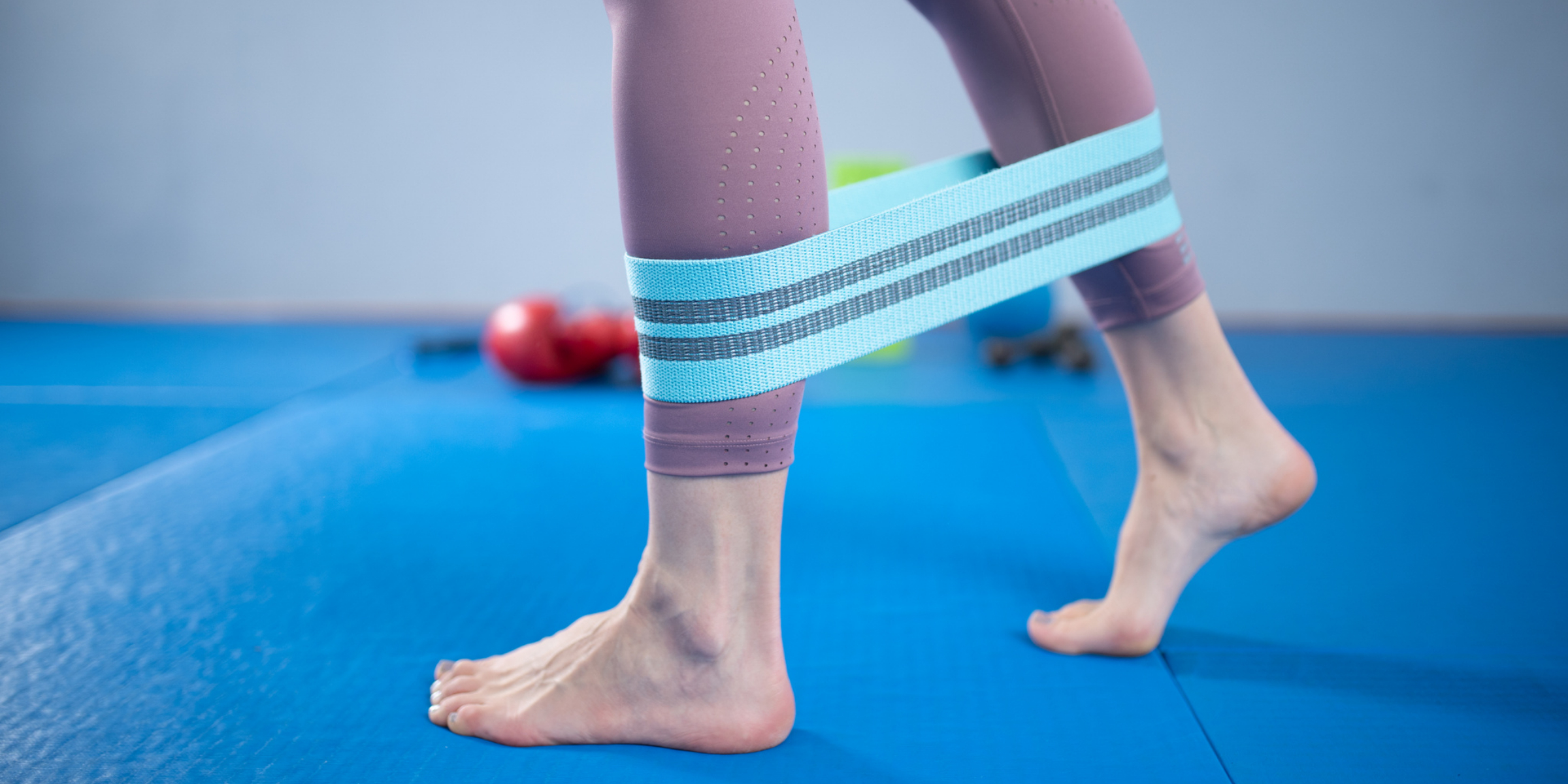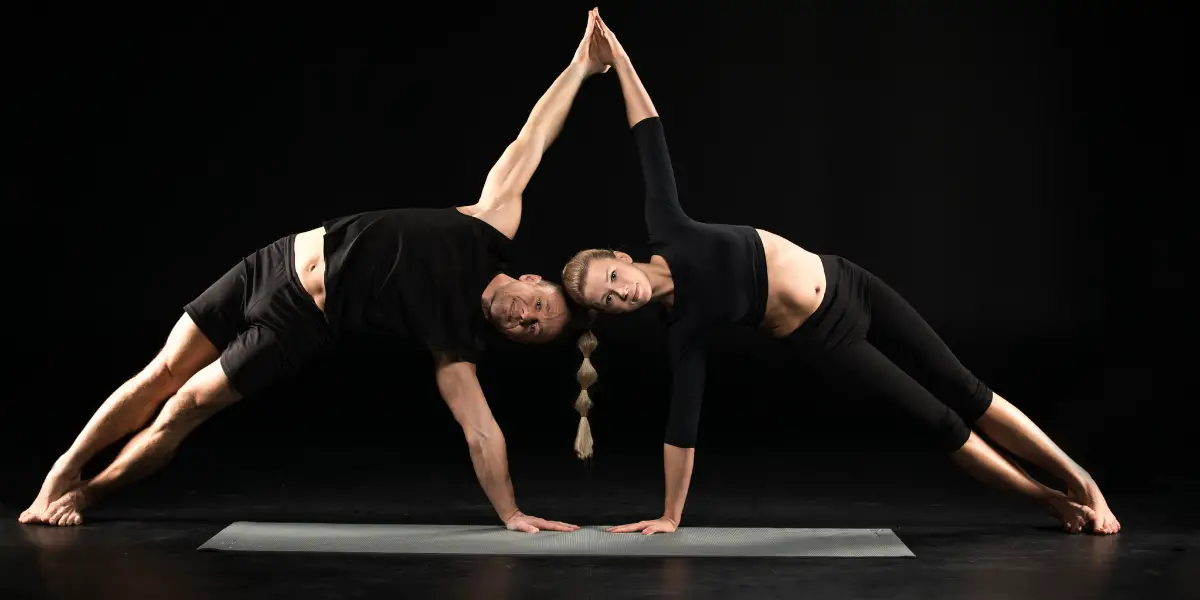Pilates, emphasizing core strength and flexibility, has become a go-to regimen for many seeking holistic physical wellness. While the exercises are vital, using the right tools can significantly enhance your experience. One such essential tool is the resistance band. But with many options available, how does one choose the perfect length?
Dive into this article to understand the nuances of selecting the ideal length for your Pilates resistance band, ensuring you maximize your workout’s potential every time.
The Role of Band Length in Effective Pilates Workouts
In Pilates, where precision and controlled movement reign supreme, the tools you utilize can make a significant difference in your workout’s efficacy. Among these tools, resistance bands have emerged as an incredibly versatile addition, bridging the gap between bodyweight exercises and weighted resistance. But it’s not just about having a resistance band; it’s about having one of the right length. Here’s how the length plays a pivotal role:
- Range of Motion: The length of your resistance band directly influences the range of motion you can achieve in certain exercises. A shorter band may restrict movement, while a longer one might not offer the desired resistance for shorter movements.
- The versatility of Exercises: Different exercises require varied lengths. For instance, exercises focusing on leg stretches might need longer bands than those targeting the arms or the upper body.
- Tension Levels: The band’s resistance is directly related to its length. A shorter band will naturally offer more resistance because of its limited stretch capacity, making it more challenging. Conversely, a longer band might initially provide less resistance but can be doubled up if needed.
- Safety: Using a band of inappropriate length can lead to overstretching or snapping, which can potentially cause injury. It’s crucial to ensure the band’s length is suitable for the movement to maintain safety throughout the exercise.
- Adaptability for Different Users: Some people’s bodies are different sizes. A band perfect for someone tall might be less effective for someone shorter. The correct length ensures that each individual can modify and adapt exercises to their body type and flexibility level.
While resistance bands are undeniably beneficial, it’s the correct length that ensures they’re used to their maximum potential. As with all tools in Pilates, it’s not just about having the right equipment but about using it in the right way.
Factors to Consider When Choosing the Right Length
Selecting the appropriate length for a Pilates resistance band is not a decision to be made on a whim. Various factors come into play, ensuring you get the best out of your workouts without compromising safety and efficiency. Here are some essential considerations to keep in mind:
- Your Height and Limb Length: A person’s height and the length of their limbs can significantly influence the length of the band they should use. For taller individuals or those with longer limbs, a longer band might be necessary to ensure adequate resistance and stretch.
- Exercise Purpose: Different exercises in Pilates demand different amounts of resistance and stretch. If you’re focusing on full-body stretches, a longer band might be more appropriate. Conversely, for targeted resistance exercises, a shorter band might suffice.
- Level of Experience: Beginners prefer longer bands since they typically offer less resistance and can be more forgiving. As one gains strength and expertise, they gravitate towards shorter bands to challenge themselves.
- Band Material and Stretchability: Not all resistance bands are created equal. Some materials stretch more than others. It’s essential to factor in the band’s inherent stretchability alongside its length.
- Desired Resistance: If you prefer higher resistance, you might lean towards a shorter or thicker band. But remember, you can always double up a longer band to temporarily increase resistance.
- Portability and Storage: If you’re someone who travels often or is short on storage space, consider how easily the band can be packed or stored. Some longer bands might be bulkier and harder to carry around.
- Safety and Durability: It’s vital to select a band that can withstand the pressures of your exercises. Bands that are too short for certain stretches might be at risk of snapping. Conversely, extremely long bands, if not doubled up or adjusted properly, might not provide the resistance required and could lead to inefficient workouts.
Choosing the right length for your Pilates resistance band requires a blend of personal preference, physical requirements, and workout objectives. By keeping these factors in mind, you’ll be better positioned to make an informed decision, ensuring effective and safe Pilates sessions.
Common Mistakes to Avoid and Tips for Optimal Use
The benefits of incorporating resistance bands into your Pilates routine are extensive, but to reap the full rewards, it’s essential to avoid common pitfalls. Whether you’re a beginner or a seasoned Pilates enthusiast, understanding these mistakes and following best practices will ensure a safer and more effective workout.
- Overstretching the Band: One of the most common mistakes is stretching the band beyond its capacity. Not only does this reduce the band’s lifespan, but it also increases the risk of the band snapping, potentially causing injury.
- Tip: Always read the manufacturer’s instructions regarding the band’s stretch limit, and always maintain control when extending the band.
- Using the Wrong Length for an Exercise: As highlighted earlier, different exercises may require bands of different lengths. Using a band that’s too short or long can compromise the workout’s effectiveness.
- Tip: Familiarize yourself with the exercises you intend to do and adjust the band length accordingly, either by choosing a different band or altering your grip.
- Ignoring Wear and Tear: Resistance bands, like all fitness equipment, can degrade over time. Using a worn-out band can be dangerous.
- Tip: Regularly inspect your bands for any signs of wear, such as cracks, thinning, or discoloration. Replace them as needed.
- Not Engaging the Core: Especially in Pilates, the core should always be engaged. Some people rely too much on the band and must remember to engage their core muscles, reducing the exercise’s effectiveness.
- Tip: Always remember the fundamentals of Pilates and ensure that your core is engaged throughout the exercise, using the band as a tool, not a crutch.
- Skipping the Warm-Up: Even if you’re only using resistance bands, warming up is crucial. Jumping straight into exercises without a proper warm-up can lead to strain or injury.
- Tip: Spend a few minutes doing gentle stretches and warm-up exercises to prepare your body for the workout.
- Not Cleaning the Bands: Especially if you sweat during workouts, resistance bands can become breeding grounds for bacteria.
- Tip: Wipe down your bands after each use with a damp cloth and a mild detergent, then let them air dry. This will prolong their lifespan and maintain hygiene.
Incorporating resistance bands into your Pilates routine can be a game-changer, but it’s essential to use them correctly. By avoiding these common mistakes and following the associated tips, you can ensure optimal performance, safety, and longevity from your bands.
Customizing Band Length for Personalized Pilates Routines
Pilates is a discipline that celebrates individuality. Just as everybody is unique, the way each person experiences and benefits from Pilates varies. When integrating resistance bands into your Pilates exercises, it’s essential to recognize that a one-size-fits-all approach might not always be suitable. Customizing band length based on personal needs and preferences can significantly enhance your Pilates experience.
Before diving into customization, start by assessing your needs. What are your Pilates goals? Are you aiming for increased flexibility, building strength, or perhaps rehabilitating an injury? Understanding your objectives will guide your choice. For strength-building exercises, a shorter and thicker band might be preferable for added resistance. In contrast, flexibility or rehabilitation routines might benefit from longer, more elastic bands that allow for a broader range of motion.
If you already have resistance bands at home, consider ways to modify their length temporarily. For instance, if you need added resistance, fold a longer band in half. Conversely, if a band feels too short, loosen it around your foot or hand rather than holding it directly. This way, you get a few extra inches of length, allowing for a fuller stretch or movement.
Customization is a continuous process. As you progress in your Pilates journey, your needs may change. A resistance level that once felt challenging might become too easy, or you might discover new exercises that require a different band length. Regularly review your routine and adjust your band length accordingly. Don’t be afraid to experiment – sometimes, the best insights come from trial and error.
If you need more clarification about the best band length for your routine, consider seeking advice from a Pilates instructor or physical therapist. These experts can provide insights tailored to your physique, flexibility, and Pilates goals. They also introduce you to specific exercises that can benefit from customized band lengths.
While generic guidelines can offer a starting point, the true essence of Pilates lies in personalization. By customizing the length of your resistance bands, you can ensure a workout that aligns perfectly with your individual needs, optimizing both the challenge and the rewards.
Sources:
https://www.dmoose.com/blogs/training/what-size-resistance-bands-should-i-get
https://www.wise-geek.com/how-do-i-choose-the-best-pilates-resistance-band.htm




